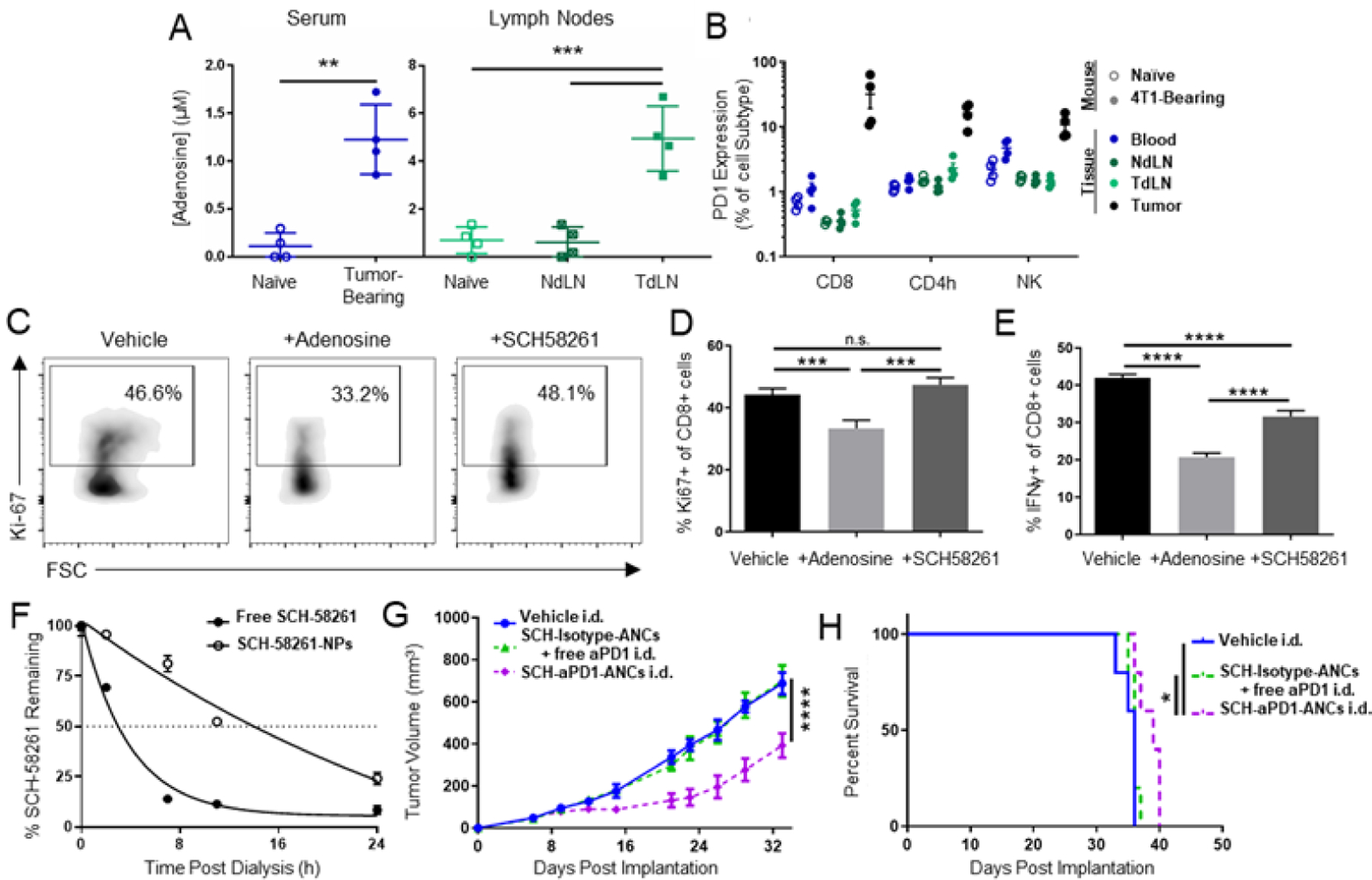Figure 8: Targeting of adenosine antagonist-loaded ANCs to immune checkpoint PD1 improves anti-tumor effects of locoregional combination immunotherapy in 4T1 TNBC tumor model.

A) Adenosine concentrations in serum and LN homogenates from mice bearing d15 4T1 tumors. B) PD1 expression by CD8, CD4, and NK leukocytes in various tissues from mice bearing d15 4T1 tumors. C) Flow cytometry plots of Ki-67 staining in CD8 T cells after 24 h ex vivo activation with Dynabeads and co-incubation with adenosine (1mM) and adenosine antagonist SCH-58261 (0.01 mM). Quantified flow cytometry data of Ki-67 (D) and IFNγ (E) expression by CD8 T cells after 24 h ex vivo activation with Dynabeads and co-incubation with adenosine (1mM) and adenosine antagonist SCH-58261 (0.01 mM). F) Fraction of initial loaded SCH-58261 (adenosine antagonist) amount remaining in NP during in vitro release with dialysis. Tumor growth curves (G) and animal survival (H) in response to combination therapy administered i.d. in the flank ipsilateral to the 4T1 tumor on d 6, 9, 12, and 15 post implantation. Treatment groups include aPD1-ANCs (60 µg mAb) encapsulating SCH-58261 (2 µg) or isotype ANCs encapsulating SCH-58261 co-injected with free aPD1 mAb. Statistical analyses were done using one- (A, D-E) or two-way (G) ANOVA with Tukey’s test. Log-rank (Mantel-Cox) test for survival curves (H). *p < 0.05, **p < 0.01, ***p<0.001, ****p < 0.0001. n.s. not significant.
